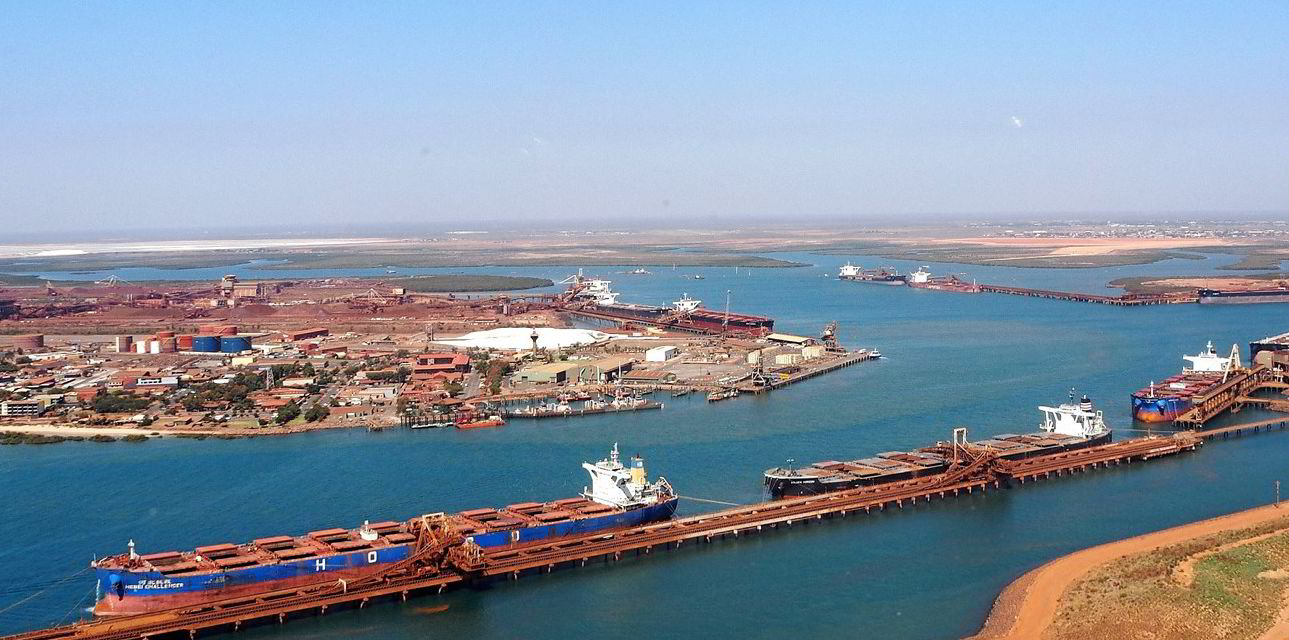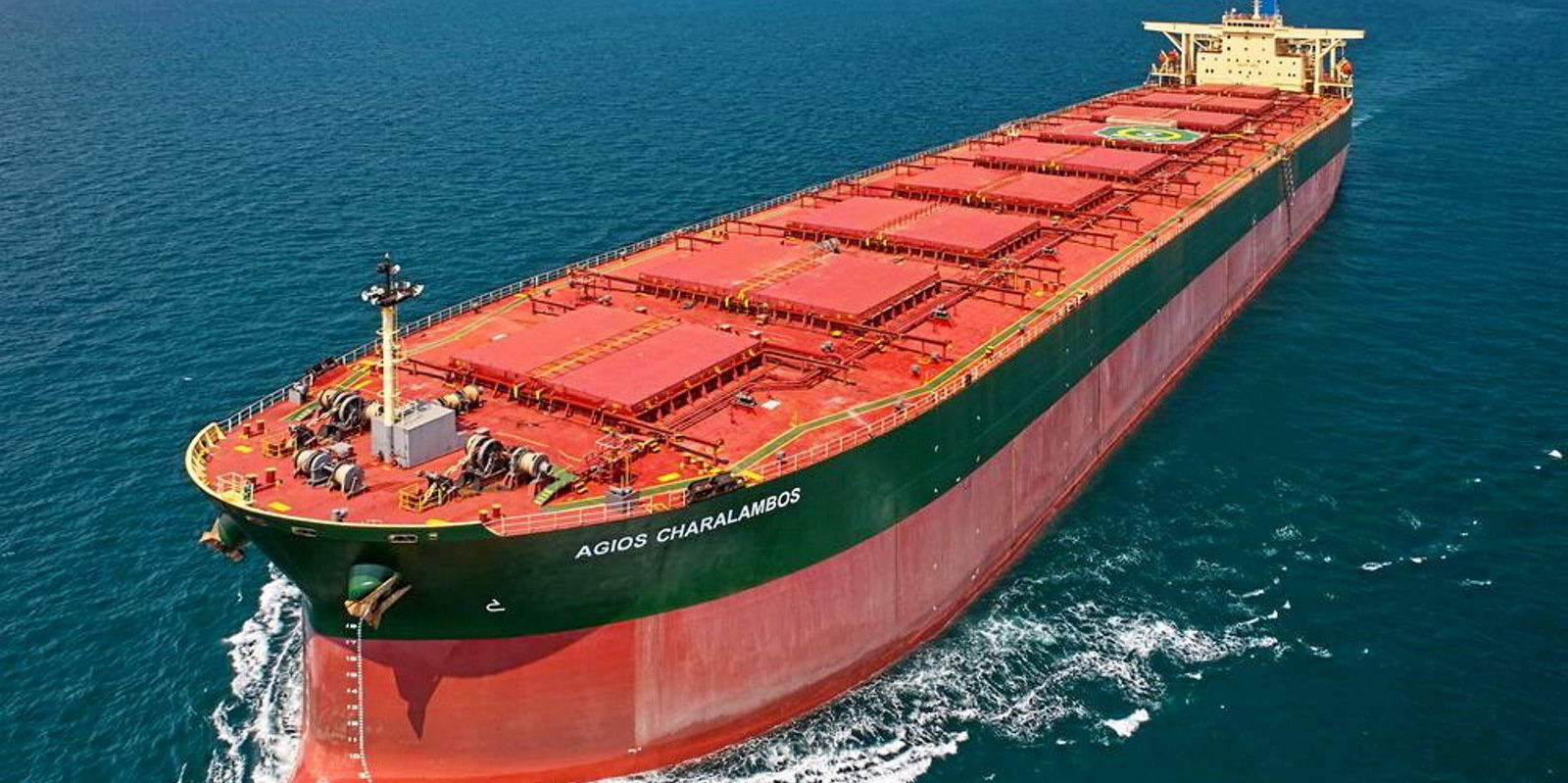The Baltic Dry Index (BDI) reached its highest point in almost a year on Wednesday as the capesize bulker market kept up its rapid ascent as a result of China’s steady demand for iron ore.
The BDI rose 3.4% to 1,752 points on Wednesday to attain its highest level since coming in at 1,755 points on 25 October last year and hitting a low of 538 points on 17 February this year.
The index has received the boost mostly from the capesize market: average spot rates have nearly tripled since early September last year.
The Baltic Exchange’s Capesize 5TC set of spot-rate averages across five key routes has improved 159% since 5 September 2023, to nearly $21,400 per day on Wednesday.
Rio Tinto fixed an unnamed capesize to ship 170,000 tonnes of iron ore from Dampier, northwest Australia, to Qingdao, China, at $10.30 per tonne, with loading from 11 to 13 October.
Similar fixtures fetched between $7.80 and $7.85 per tonne on 5 September when capesize rates started climbing.
“Notable increases were seen on a monthly basis in the freight market for large vessel sizes, particularly in the capesize West Australia-to-China route,” Signal Group said in a report on Wednesday.
During this period, the average spot rate for the benchmark roundtrip C10 iron ore route between Western Australia and China rose 118% to $22,000 per day on Wednesday, the highest it has been since 20 June, when it registered more than $22,600 per day, according to the Baltic Exchange.
The smaller bulkers supported the BDI’s rise, though to a lesser degree, thanks to China’s robust hunger for coal, bauxite and grain.
The Panamax 5TC has gained 91.2% since bottoming out on 25 July, rising to almost $15,400 per day on Wednesday, while the Supramax 10TC has risen 92.2% since hitting a low point on 7 August, reaching nearly $14,500 per day.
The Handysize 7TC has improved 75% since finding a bottom on 7 August to achieve more than $12,200 per day on Wednesday, according to the Baltic Exchange.





